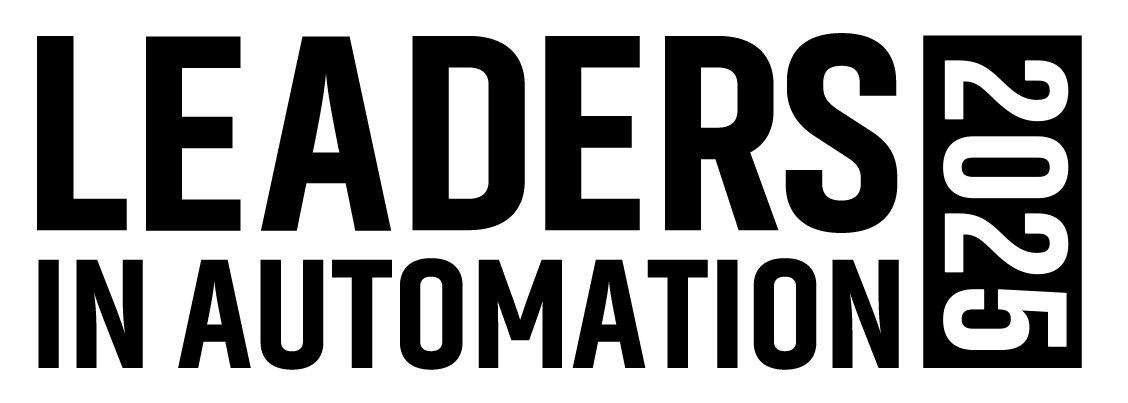What had happened was that so many sponsors of the event wanted time with editors at press conferences and meetings that, for the first time in 10 years, I went to the Forum but attended no sessions. I’ve always found it a good way to get an overview of industry thinking.
What started me down this road of thought was a piece on Leo Laporte’s podcast “This Week in Tech” (TWIT). The panel discussed a new phenomenon occurring at high-technology conferences—“lobbycon.” Since it is well-known that most good conversations and learning happen during breaks in the hallways or lobbies of conferences, people are starting to show up at conference sites without paying for seats. They just meet people in the lobby. Hence, lobbycon.
Now, I’m not advocating this as a widespread movement. After all, if no one paid for the conference, then there wouldn’t be a conference in the first place to draw people together to network. But if much of the value of a conference is in the networking, then maybe I wasn’t so shut out at ARC Forum after all. Maybe I got much, or most, of the value of the conference by meeting with so many people.
This line of thought coalesced around an e-mail conversation I had with columnist Jim Pinto regarding the recent ISA Expo. Once again, most of the talk centered on the trade show, number of exhibitors and number of attendees. The show floor was much compressed from previous years, giving the illusion of being much more packed and populated than the past few years. Gross attendance of “regular attendees” was placed at about 8,500. To put that into some perspective, the total of users at all the process industry user conferences probably is getting close to that number. The annual Automation Fair sponsored by Rockwell Automation draws about that same number of attendees.
Failure—not
So, was the ISA Expo a failure? I don’t think so. Sure, the exhibitors mainly fell into two groups—instrumentation and communications. ISA has traditionally been an instrumentation organization, so the presence of instrumentation exhibitors is hardly surprising. There doesn’t appear to be a great deal of controversy in the systems end of things, so perhaps it’s not surprising that they were not present. However, networking—especially anything remotely touching on Ethernet—is a hot topic, and controversy abounds in the wireless networking area. Therefore, the fact that many companies with interests in these areas were exhibiting also should not be surprising.
Another comment that I heard on TWIT was that the action at trade shows doesn’t center on booths, it happens in the aisles and hallways. Consider wireless. The ISA SP100 wireless standards committee held meetings during the days of the Expo. I heard from more than one source that gathering most of the committee together for face-to-face meetings expedited the compromises and understandings necessary to get the whole standard-setting process back on track.
Perhaps if ISA wants to make its Expo once again the place to network and be seen in the industry, it needs to do things to get industry leaders together. Perhaps if more committees than just the one met during the same time, that might help. Perhaps if there were more emphasis on conference sessions (at an affordable rate), that could help too, with the Expo Hall a place to go for breaks, and food and beverages, while checking out what’s new. It’s not so much how many people attend; it’s more important to make ISA Expo the place to network and learn.
By: Gary Mintchell Editor in Cheif
About the Author
Gary Mintchell
Editor in Chief

Leaders relevant to this article: